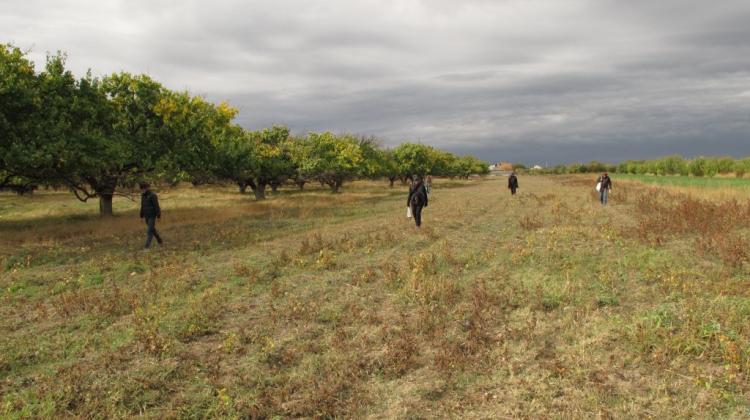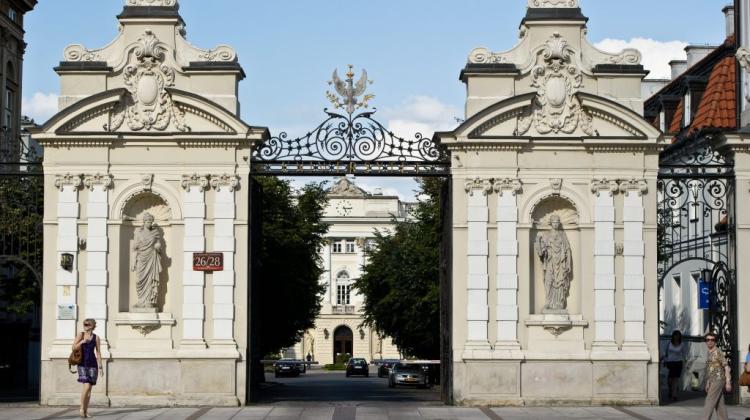New evidence of the existence of an unknown Roman camp in Armenia

Polish archaeologists narrow the area of the search for an ancient Roman military camp near the capital of Armenia, Yerevan. During the last season, they found large clusters of damaged ceramic vessels, which should be associated with the Roman presence.
"Numerous clusters of Roman pottery that we have discovered this year south of the village Pokr Vedi may indicate the presence of the Romans in this area. Therefore, we can now narrow the search area" - told PAP the project initiator, Oskar Kubrak from the Institute of Archaeology of the University of Warsaw. He received funds for the project in the Ministry of Science programme Diamond Grant 2015 for outstanding students.
If the theory of the young Polish researchers is supported by evidence - it will be the first confirmed Roman military camp in present-day Armenia.
During the last season, archaeologists completed the first stage of research consisting in conducting surface surveys, loose line passing through the fields in search of objects on the surface. One of its results was the discovery tens of fragments of ancient pottery. They come from the turn of the I and II century AD, the time in which a military camp could have existed in the region.
Today\'s Armenia became part of the Roman Empire only temporarily in the second century AD, as a result of Emperor Trajan\'s wars with the Parthians. Evidence of the presence of Legionnaires in the area of the contemporary village Pokr Vedi includes a monumental Latin inscription engraved on a few stone slabs. They could have been originally installed on a building facade. Archaeologists discovered these unique monuments in 1967. Large amounts of damaged ceramic vessels, which Polish researchers found this year, were in the vicinity of that discovery.
"Archaeological research has never been carried out in the place of discovery of that fronton with inscription from the second century, so I decided to see what hides under the earth" - explained Kubrak.
The next step of the young researcher, scheduled for early next year, will be research with geophysical methods within a specific area. As a result, without driving a shovel into the ground, archaeologists might be able to see the remains of walls and moats hiding underground. The Polish team also used another modern documentary method - a camera mounted under a drone. Kubrak highly praises this method.
"The drone turned out to be an irreplaceable tool for taking shots, which will be used to create an archaeological map of the area" - concluded Kubrak.
Oskar Kubrak\'s scientific supervisor is Dr. Radosław Karasiewicz-Szczypiorski from the Institute of Archaeology of the University of Warsaw. Armenian part of the research project is headed by Dr. Mkrtich Zardaryan from the Institute of Archaeology and Ethnography of the Academy of Sciences of the Republic of Armenia in Yerevan.
PAP - Science and Scholarship in Poland
szz/ mrt/
tr. RL
Przed dodaniem komentarza prosimy o zapoznanie z Regulaminem forum serwisu Nauka w Polsce.


















